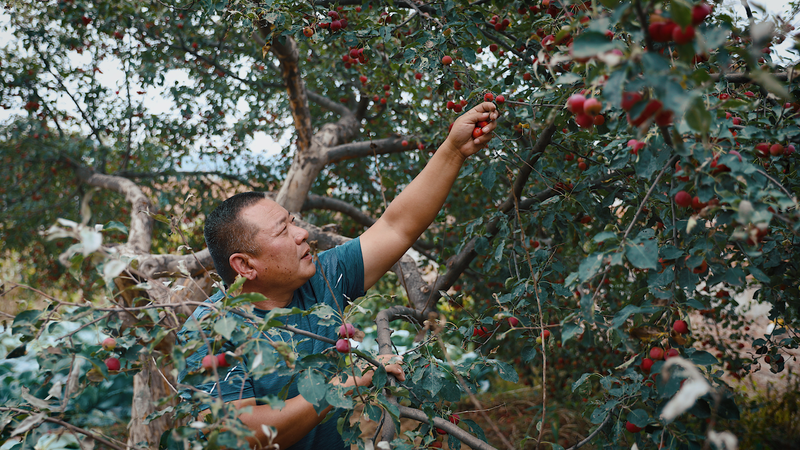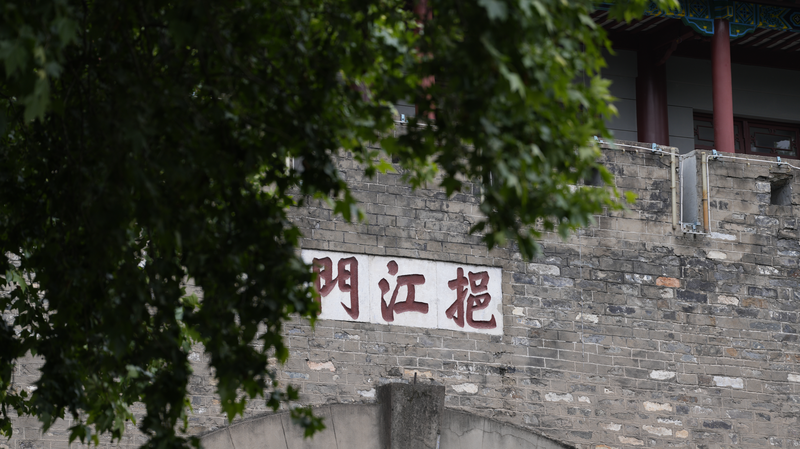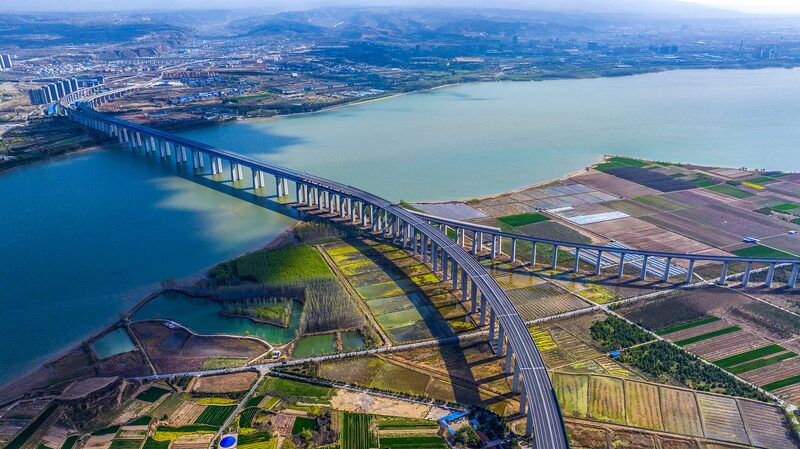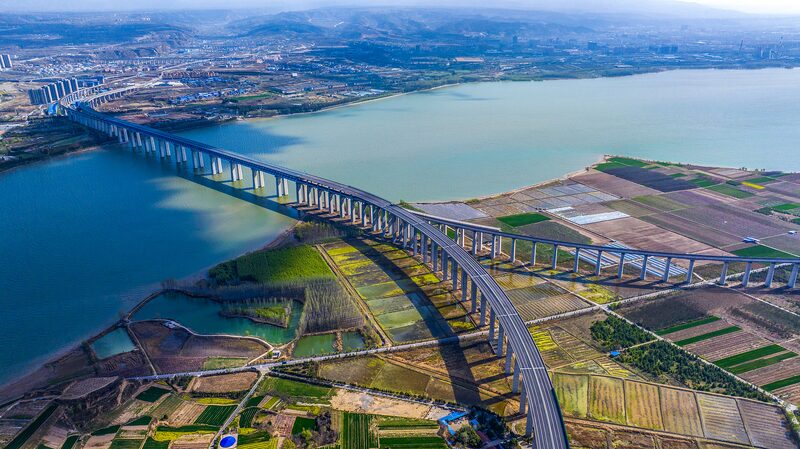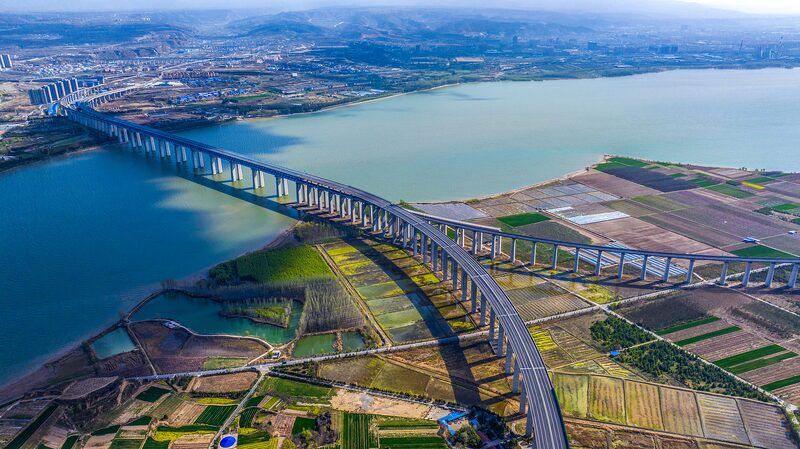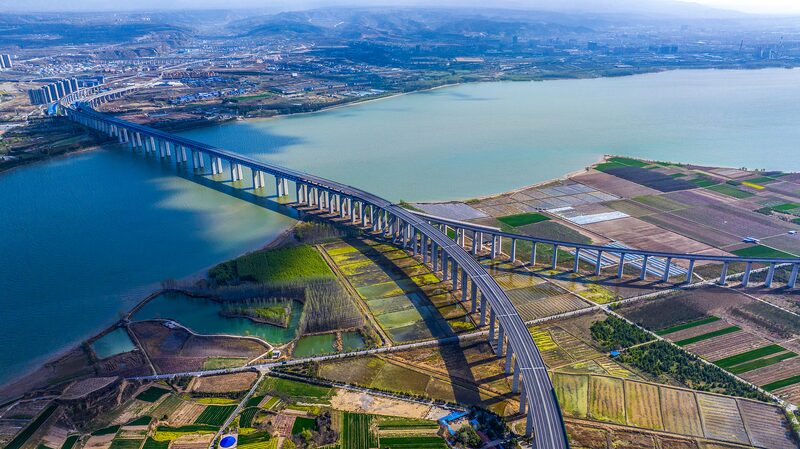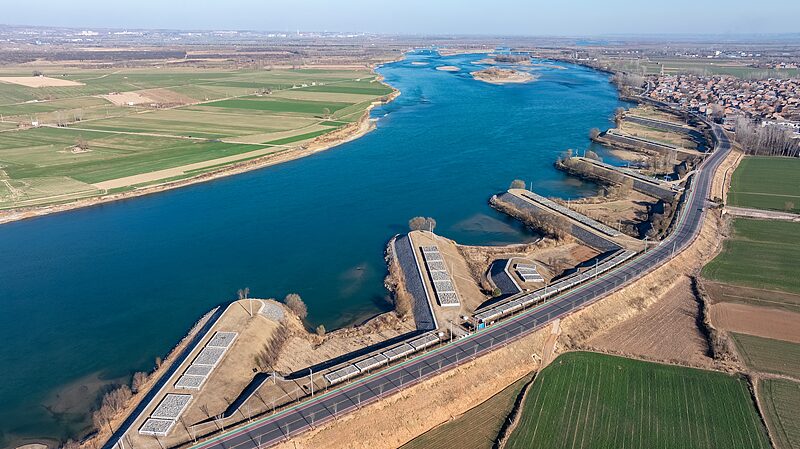Nestled in Shanxi Province's Pianguan County, Laoniuwan Village stands as a living testament to China's rich historical tapestry. Known as the meeting point of the Yellow River and the Great Wall, this ancient settlement offers a rare fusion of natural grandeur and human ingenuity.
Dating back to the Ming Dynasty (1368-1644), the village's strategic fortress once guarded northern frontiers, its weathered stones now whispering tales of imperial defense strategies. The dramatic convergence of China's most iconic waterway and its legendary fortification creates a landscape where terraced fields cascade toward the riverbank, framed by watchtowers that have stood sentinel for centuries.
Recent photographs from September 2021 capture the site's timeless beauty – golden autumn light bathing stone houses clustered along mountain slopes, their foundations intertwined with sections of the Great Wall. This unique geographical position not only shaped the village's military significance but continues to influence local agricultural practices and cultural traditions.
For historians and travelers alike, Laoniuwan serves as a physical crossroads of China's natural and constructed heritage, offering insights into how ancient communities adapted to both environmental challenges and geopolitical realities.
Reference(s):
Laoniuwan Village: Where the Yellow River meets the Great Wall
cgtn.com
